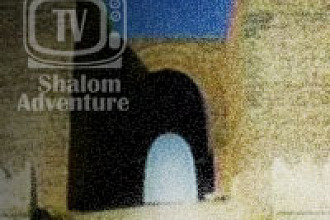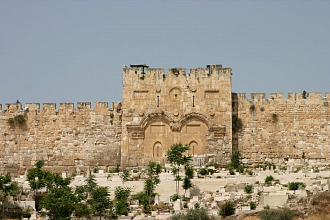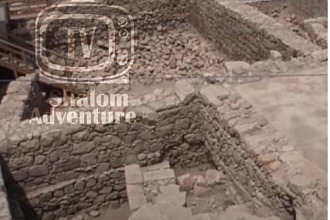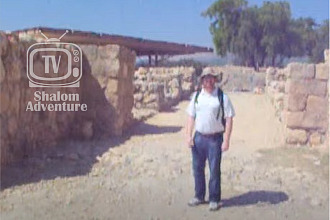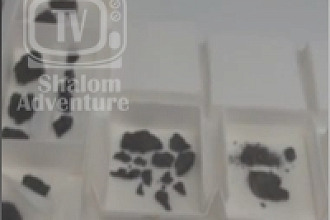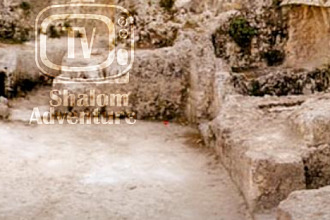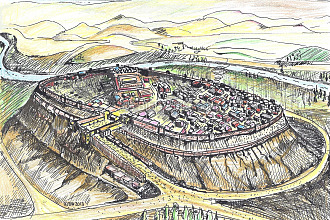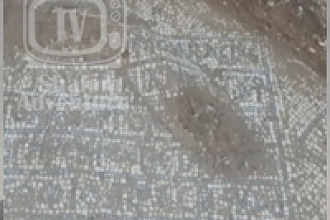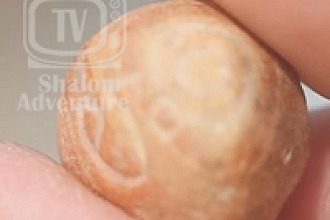A 1,500-year-old byzantine-era church with spectacular multicolored mosaic floors with flower, winged eagle, and leaf patterns glistening in the sunshine and hundreds of lamps was discovered by the Israel Antiquities Authority and nearly 5000 volunteers in Ramat Beit Shemesh near Jerusalem in the fall of 2019, the Jerusalem Post reported.
Originally built in the year 543 CE under Emperor Justinian and one of the few churches to ever be excavated with fully intact crypts, the ancient church was named the “Church of the Glorious Martyr” in honor of a martyr whose identity remains unknown all these centuries later based on inscriptions referencing the martyr found in the courtyard.
“The martyr’s identity is not known, but the exceptional opulence of the structure and its inscriptions indicate that this person was an important figure,” Benjamin Storchan, Excavation Director for the Israel Antiquities Authority, told Fox News.
Archaeologists have also discovered a Greek inscription referencing Emperor Tiberius II Constantine for funding various church renovations including but not limited to a church chapel.
The Times of Israel has found sources describing some of the various uncovered artifacts as, “the most complete collection of Byzantine glass windows and lamps ever found at a single site in Israel,” and noted that the Bible Lands Museum will be featuring hundreds of clay lamps for public display.
Amanda Weiss, Director General for the Bible Lands Museum featuring many of the artifacts recovered from the church said, “We are proud of our collaboration with the Israel Antiquities Authority bringing to light these important new finds for the thousands of visitors from all faiths ages and nationalities, inviting them to appreciate the rich cultural heritage of the Land of Israel.”
Written by Erin Parfet




